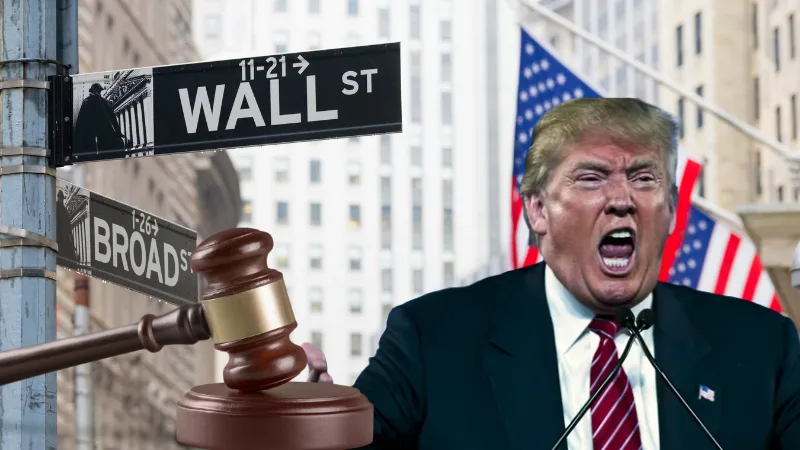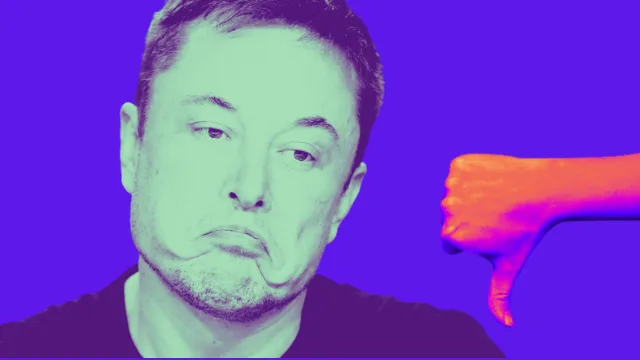Inflation has been one of the most pressing economic issues facing the U.S. during the Biden-Harris administration. As prices for goods and services soared, Americans have been left wondering how much of this economic burden is due to government policies versus global factors beyond anyone’s control. To provide a well-rounded perspective, let’s dive into both sides of the argument regarding the administration’s role in inflation, and then analyze how Kamala Harris’s proposed economic plan could affect the future of inflation and the economy if she becomes president.
How Much is the Biden-Harris Administration Responsible for Inflation?
The Case For Blaming the Biden-Harris Administration:
Many critics argue that certain policy decisions taken by the Biden-Harris administration have exacerbated inflationary pressures. Here are the key points they highlight:
- Massive Stimulus Spending: The American Rescue Plan, a $1.9 trillion stimulus package, injected a significant amount of money into an already recovering economy. Critics argue that this created excessive demand for goods and services while supply chains were still strained, causing prices to rise faster than they might have otherwise. This, in turn, contributed to higher inflation.
- Energy Policies and Rising Fuel Costs: The administration’s focus on environmental goals, such as restricting new oil and gas leases on federal land and canceling the Keystone XL pipeline, has been blamed for increasing domestic energy prices. Rising fuel costs affect transportation, production, and overall living costs, which has a ripple effect on inflation. Higher gas prices are a frequent point of contention, as they affect the price of nearly all goods that are transported across the country.
- Delayed Federal Reserve Response: While the Federal Reserve is independent, some critics argue that the administration didn’t push for earlier intervention in the form of interest rate hikes. Early on, inflation was dismissed as “transitory,” delaying the necessary monetary policy changes that could have curbed rising prices sooner.
- Wage Increases: Biden’s policies encouraging higher wages through union support and minimum wage increases have led to rising labor costs for businesses. These higher costs are often passed on to consumers in the form of increased prices, which contributes to inflationary pressures.
The Case Against Blaming the Biden-Harris Administration:
While the administration’s policies may have played a role, many analysts argue that the blame for inflation cannot be solely placed on their shoulders. Several broader factors must be considered:
- Global Supply Chain Disruptions: The COVID-19 pandemic triggered massive disruptions in global supply chains, which continue to impact the availability of goods. Shipping delays, labor shortages, and raw material scarcities have all driven up prices, making inflation a worldwide issue. Similar inflationary trends have been seen in other major economies like the European Union and the UK, suggesting that the root causes go beyond U.S. policy.
- Energy Market Volatility: Global events, particularly Russia’s invasion of Ukraine, have led to skyrocketing energy prices worldwide. This conflict disrupted oil and gas supplies, particularly in Europe, pushing global prices higher. This external factor has compounded inflation in the U.S., though it is not directly tied to the administration’s domestic policies.
- Inflation as a Global Phenomenon: Nearly all developed economies have faced rising inflation due to the combined effects of pandemic recovery and global supply chain shortages. Blaming the Biden-Harris administration alone for inflation overlooks the international and post-pandemic dynamics that contributed heavily to price increases.
Kamala Harris’s Proposed Economic Plan: Will it Help or Hurt?
As the Biden presidency progresses, there has been increasing speculation about Kamala Harris’s potential economic policies if she were to become president. Harris has been somewhat aligned with the administration’s policies, but it’s important to evaluate how her proposed plans could impact inflation and the overall economy.
Key Elements of Harris’s Economic Plan:
- Continued Focus on Climate and Green Energy: Harris has been a strong advocate for environmental policies, pushing for investment in renewable energy and further reducing reliance on fossil fuels. This aligns with Biden’s climate goals, but the short-term impact on energy prices may be similar. By focusing on green energy, fuel costs might stay elevated if traditional energy sources like oil and gas remain restricted, potentially maintaining inflationary pressures in the energy sector.
- Equity-Focused Economic Initiatives: Harris has long championed policies aimed at reducing economic inequality, particularly by focusing on minority communities and underserved populations. While these initiatives could help lift millions out of poverty, they may also lead to increased government spending. If not managed properly, further stimulus and spending could contribute to demand-side inflation, similar to what we’ve seen with pandemic-related stimulus packages.
- Education and Workforce Development: Harris has indicated a strong focus on workforce development, particularly in sectors like healthcare, technology, and green energy. This could potentially ease inflationary pressures by addressing labor shortages in key industries, reducing supply bottlenecks, and improving productivity. By focusing on workforce development, Harris may help boost the economy’s ability to meet demand without driving prices higher.
- Tighter Regulation of Big Business: Harris has voiced support for increased regulation of large corporations, particularly in areas like pricing practices and worker rights. While this could protect consumers from price gouging, increased regulation could also result in higher compliance costs for businesses, which might be passed on to consumers in the form of higher prices.
Will Harris’s Plan Improve the Economy and Control Inflation?
Harris’s economic policies, particularly her focus on green energy and equity, present both opportunities and challenges. In the short term, the push toward renewable energy may keep energy prices elevated, which could sustain inflation in certain sectors. However, if managed carefully, her focus on workforce development and targeting inequality could ease inflationary pressures by addressing some root causes, such as labor shortages and supply chain inefficiencies.
One potential risk is that continued government spending on equity programs could increase demand-side pressures, further fueling inflation if supply-side constraints aren’t resolved. On the other hand, her emphasis on creating a more inclusive and diversified workforce could foster long-term economic resilience and productivity, which would be beneficial for the broader economy.
A Balanced View of Inflation and the Future
While the Biden-Harris administration has certainly made policy choices that contributed to inflationary pressures, it’s important to acknowledge the broader global context in which these decisions were made. Pandemic recovery, supply chain disruptions, and international conflicts like the war in Ukraine have played significant roles in pushing inflation higher. Thus, while there is some blame to be laid on domestic policies, the causes of inflation are multifaceted and not entirely within the administration’s control.
Looking forward, Kamala Harris’s potential economic plan carries both risks and opportunities. While her focus on green energy and social equity could provide long-term benefits, these policies also pose short-term challenges for inflation control. The key to her plan’s success will be finding the right balance between investing in future growth and avoiding inflationary pressures that could come from over-stimulating the economy.
As voters consider the future, it’s clear that inflation will remain a central issue, and any leader’s economic approach will be closely scrutinized in the coming years.





